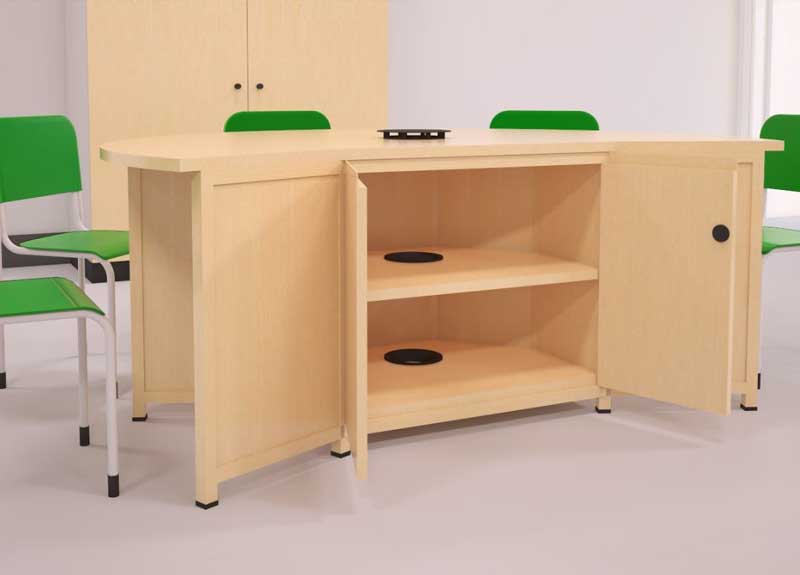Architecture
To harness the innovative and cost-effective potential of worldclass educational technology tools and resources, for knowledge creation and deepening, to push out the boundaries of education: improve quality, increase access, enhance diversity of learning methods and materials, include new categories of learners, foster both communication and collaboration skills, and build capacity of all those involved in providing education.
ICT is used as a tool to enhance teaching and learning at all education levels, from primary to tertiary education. Information and Communication Technology (ICT) is considered as a ubiquitous tool that will energize the country’s socio-economic development. The introduction of a competency-based curriculum in schools calls for comprehensive change and new thinking about instructional approaches in teaching, learning and assessment processes. The use of ICT in education is seen as a strategic lever for achieving this transformation. It is stated in the curriculum framework that: “The curriculum must enable educators and students to use ICT as a tool to improve the quality of education in all subjects at all levels in teaching and learning practices. ICT must support the emergence of teaching and pedagogical student-centered approaches as well as encourage research, communication, and collaborative learning.” ICT in Education policy aims at guiding the establishment of smart classrooms in schools as the main part of ICT in Education.
Proposed Smart classrooms Seating Arrangement
The physical setup of chairs, tables, and presentation in a classroom can significantly influence learning. Instructional communication theory suggests that seating arrangements can impact how the teachers communicates with students and how the students interact with one another, impacting engagement, motivation, and focus. More than 692 smart classrooms across the country have been set up in schools to improve the quality of teaching and learning. The details on the proposed smart classroom seating arrangement are below.
Objectives
- Standardizing existing smart classrooms to support 21st century learning
APPENDEX 1: Proposed Smart Classroom Seating Arrangement Referring to the classroom size standards.
Three options are considered:
- Building new smart classroom (9/10 m) to accommodate 50 students
- Merging two existing small classrooms (7/8 m) into one big classroom for smart classroom to accommodate 50 students
- Remodeling existing small classroom (7/8) where building new or merging two classroom is not possible. The remodeled classroom will accommodate 30 students instead of 50 students.
- Building new smart classroom (9/10 m) to accommodate 50 students
- Building new smart classroom (9/10 m) to accommodate 50 students






